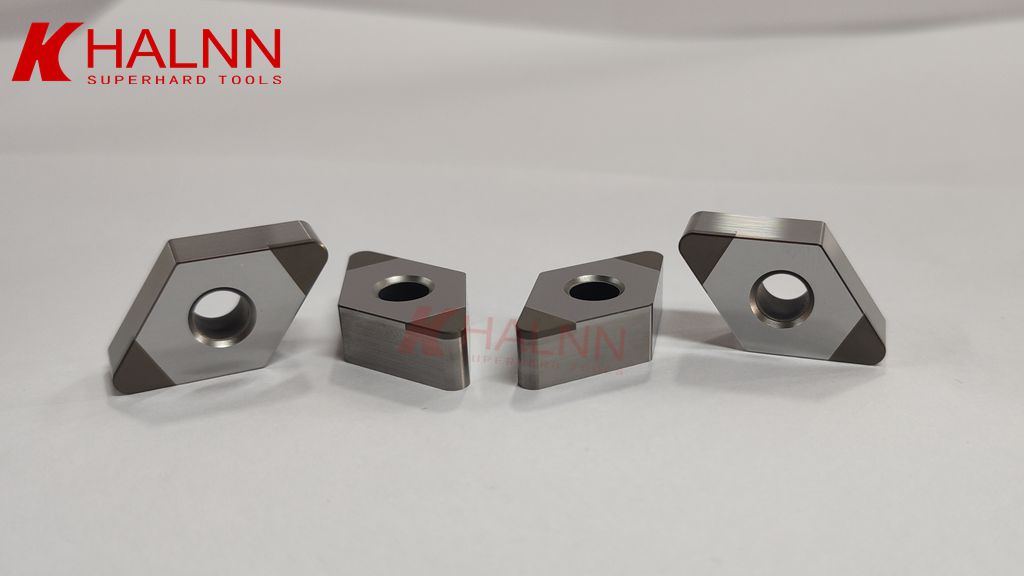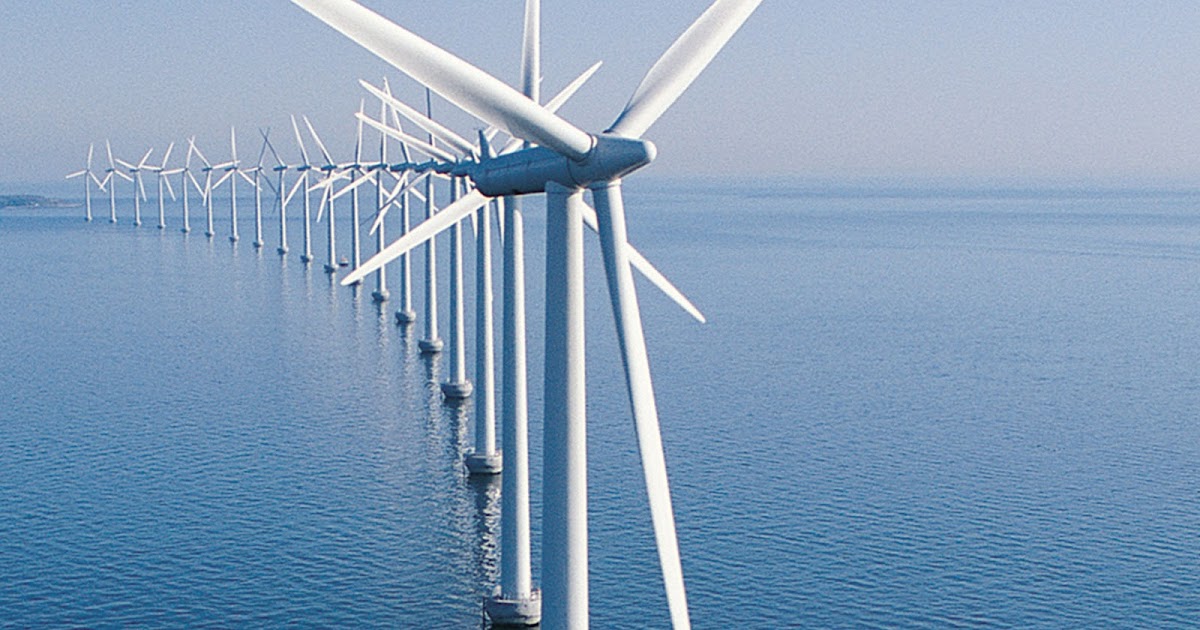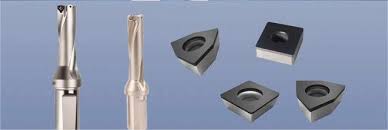Wind energy is a cornerstone of renewable energy strategies worldwide. The efficiency and performance of wind turbines are critically dependent on the quality and precision of their blades. Drilling is a vital process in the manufacturing and assembly of wind turbine blades, ensuring structural integrity and optimal performance. This article delves into the intricacies of wind turbine blade drilling, exploring advanced tools, techniques, and innovations. Additionally, it highlights how Halnn Group's state-of-the-art machining solutions are driving advancements in this field.

Drilled holes in wind turbine blades are essential for various functions, including mounting, assembly, and integration of sensors. These holes ensure secure attachment to the hub and other components, which is critical for the overall stability and functionality of the turbine. Precision in drilling is paramount as any deviation can impact the aerodynamic efficiency and structural integrity of the blades, leading to performance issues and potential failures.
Wind turbine blades are typically made from composite materials such as fiberglass-reinforced plastic (FRP) and carbon fiber. These materials offer the necessary strength, durability, and lightweight properties needed to endure the harsh environmental conditions and mechanical stresses. However, their unique properties, including high abrasiveness and varying hardness, pose significant challenges in the drilling process.

Hand Drilling: While still used in some scenarios, hand drilling is less precise and more labor-intensive.
CNC Drilling: Offers high precision and repeatability, essential for maintaining blade integrity. CNC machines can handle complex shapes and large sizes of blades, performing drilling operations with exact specifications.
Ultrasonic Drilling: Utilizes high-frequency vibrations to reduce cutting forces, minimizing the risk of delamination.
Laser Drilling: Provides high precision and can create small, intricate holes, but is typically more expensive and complex to implement.
1. Setup: Secure the blade in a stable position to ensure accuracy.
2. Tool Selection: Choose the appropriate drill based on material properties and hole requirements.
3. Drilling: Execute the drilling process using the chosen method, ensuring proper cooling and lubrication to prevent overheating and tool wear.
4. Inspection: Verify hole dimensions and quality using precision measurement tools.
5. Finishing: Perform any necessary finishing operations, such as reaming or countersinking, to achieve the desired surface quality and dimensions.
Carbide Drills: Known for their hardness and durability, suitable for drilling composite materials.
Diamond-Coated Drills: Provide superior cutting performance and longevity, ideal for high-precision applications.
PCD (Polycrystalline Diamond) Tools: Offer exceptional wear resistance and sharpness, making them suitable for tough composites.
CNC (Computer Numerical Control) machines are integral to drilling wind turbine blades. They provide high precision and repeatability, crucial for maintaining the aerodynamic properties and structural integrity of the blades. CNC machines can perform multiple drilling operations in a single setup, enhancing efficiency and reducing the risk of human error.
High-quality tools ensure better performance, longer tool life, and superior hole finishes. The selection of tools based on material properties and machining requirements is critical for achieving optimal results. Proper tool selection and maintenance minimize the risk of defects such as delamination and fiber pull-out.
High precision in drilling is vital to ensure proper blade assembly and structural integrity. Tight tolerances must be maintained throughout the process to avoid misalignment and compromised stability.
The surface finish of drilled holes directly impacts the aerodynamic efficiency of the blades. A smooth, high-quality finish reduces drag and ensures proper load distribution, enhancing overall turbine performance.
Balancing material removal rates with tool wear is essential for efficient drilling. Optimizing cutting parameters helps achieve high productivity while maintaining tool life. Excessive tool wear can lead to poor surface finishes and dimensional inaccuracies, necessitating frequent tool changes.
Effective cooling and lubrication prevent overheating and reduce tool wear. Strategies such as high-pressure coolant systems can enhance cutting performance and ensure consistent quality. In some cases, dry machining may be employed to avoid potential contamination from coolants.

Tool Wear: The abrasive nature of composite materials causes rapid tool wear.
Delamination: Improper drilling can cause layers to separate, compromising structural integrity.
Heat Management: Excessive heat can damage both the tool and the material.
Vibration: Ensuring machine stability to achieve precise cuts.
Advanced Tool Materials: Using tools made from PCD and CBN for better wear resistance.
Optimized Cutting Parameters: Balancing speed, feed rate, and depth of cut to minimize defects.
Stable Machining Conditions: Ensuring rigid setups and balanced cutting parameters to minimize vibrations.
Automated Material Handling: Utilizing automated systems to handle large blades, reducing the risk of damage and improving safety.
Quality control techniques such as coordinate measuring machines (CMM) and optical measurement systems are used to verify dimensional accuracy and surface quality. These systems can detect deviations as small as a few microns, ensuring high precision.
Non-destructive testing (NDT) methods, such as ultrasonic and radiographic testing, detect internal defects without damaging the blades. These techniques ensure the structural integrity and reliability of the holes.
Innovations in machining tools and techniques are continuously improving the efficiency and quality of drilling processes. High-performance tools like PCD and CBN cutting tools offer exceptional durability and precision, making them ideal for drilling composite materials.
Automation and robotics enhance consistency, reduce labor costs, and increase production speed. Robotics can handle repetitive tasks with high precision, ensuring uniform quality. They can also be integrated with CNC machines to perform complex operations that require high levels of accuracy.
Digital twin technology allows for the simulation of the drilling process, enabling manufacturers to optimize parameters and predict outcomes before actual production. This reduces trial and error, saving time and resources.
Efficient drilling practices contribute to sustainability by reducing energy consumption and material waste. These practices align with the broader goal of promoting renewable energy and reducing the carbon footprint.
Halnn Group is committed to promoting sustainable manufacturing through the development of eco-friendly tools and processes. Innovations in tool design and machining techniques aim to minimize environmental impact while enhancing productivity.
Case Studies and Industry Applications
Halnn Group has partnered with several wind turbine manufacturers to implement advanced drilling solutions. These case studies highlight significant improvements in production efficiency, hole quality, and cost savings. For example, a leading manufacturer reported a 30% increase in production speed and a 20% reduction in material waste after adopting Halnn Group’s advanced tools.
Clients have praised Halnn Group for providing reliable and high-performance drilling tools, contributing to their success in the renewable energy sector. Testimonials underscore the effectiveness and value of Halnn Group's solutions.
Wind turbine blade drilling is a critical process that demands precision, efficiency, and advanced technology. By understanding the challenges and adopting innovative tools and techniques, manufacturers can significantly improve the quality and performance of wind turbine blades. Halnn Group is at the forefront of this industry, providing high-quality machining tools and solutions that drive the future of renewable energy. With a focus on sustainability and continuous improvement, Halnn Group remains a trusted partner for manufacturers worldwide.
Halnn Group is a leader in the development and supply of advanced machining tools. With a commitment to quality and innovation, Halnn Group offers a comprehensive range of products designed to meet the demanding needs of the wind turbine manufacturing industry. Our expertise and dedication to customer satisfaction have made us a trusted partner for manufacturers worldwide. Explore our range of products and services, and join us in driving the future of sustainable manufacturing. For more information, visit Halnn Group's official website: halnncbn.
Wind turbine blades are typically made from composite materials such as fiberglass-reinforced plastic (FRP) and carbon fiber. These materials offer the necessary strength, durability, and lightweight properties required to withstand environmental conditions and mechanical stresses.
Precision is crucial in wind turbine blade drilling to ensure proper assembly and structural integrity. Accurate drilling helps maintain the aerodynamic efficiency of the blades and prevents potential performance issues and failures.
Common challenges in drilling wind turbine blades include tool wear, delamination, heat management, and vibration. These challenges arise due to the abrasive nature of composite materials and the need for high precision.
Drilling tools for wind turbine blades include carbide drills, diamond-coated drills, and polycrystalline diamond (PCD) tools. These tools are selected based on their ability to handle the specific properties of composite materials and provide precise, high-quality holes.
CNC (Computer Numerical Control) drilling improves the process by offering high precision, repeatability, and efficiency. CNC machines can handle complex shapes and large sizes of blades, performing multiple drilling operations in a single setup with exact specifications.
Advanced drilling techniques include ultrasonic drilling and laser drilling. Ultrasonic drilling uses high-frequency vibrations to reduce cutting forces and minimize delamination, while laser drilling provides high precision for creating small, intricate holes.
Tool wear can be minimized by using high-quality tools such as PCD and CBN cutting tools, optimizing cutting parameters, ensuring proper cooling and lubrication, and maintaining stable machining conditions to reduce vibrations.
Cooling and lubrication prevent overheating, reduce tool wear, and improve cutting performance. High-pressure coolant systems and appropriate lubrication strategies enhance drilling efficiency and ensure consistent quality.
The quality of drilled holes is verified using precision measurement tools such as coordinate measuring machines (CMM) and optical measurement systems. These tools detect dimensional accuracy and surface quality, ensuring high precision.
Non-destructive testing (NDT) techniques, such as ultrasonic and radiographic testing, detect internal defects without damaging the blades. NDT is important for ensuring the structural integrity and reliability of the drilled holes.
Efficient drilling practices reduce energy consumption and material waste, contributing to sustainability. Advanced drilling methods are more environmentally friendly compared to traditional techniques, aligning with the goal of promoting renewable energy.
Halnn Group is at the forefront of innovation in wind turbine blade drilling, offering high-quality machining tools and solutions. The company focuses on developing eco-friendly tools, optimizing drilling processes, and investing in research and development to drive advancements in the renewable energy sector.
Future trends in wind turbine blade drilling include increased automation and robotics, the use of digital twin and simulation technologies for process optimization, and the development of more advanced and sustainable machining tools and techniques. These innovations aim to enhance efficiency, precision, and environmental sustainability in the manufacturing process.
For all inquiries, please fill in the form below (* are required) to send us a brief message, and we will get back to you as soon as possible.